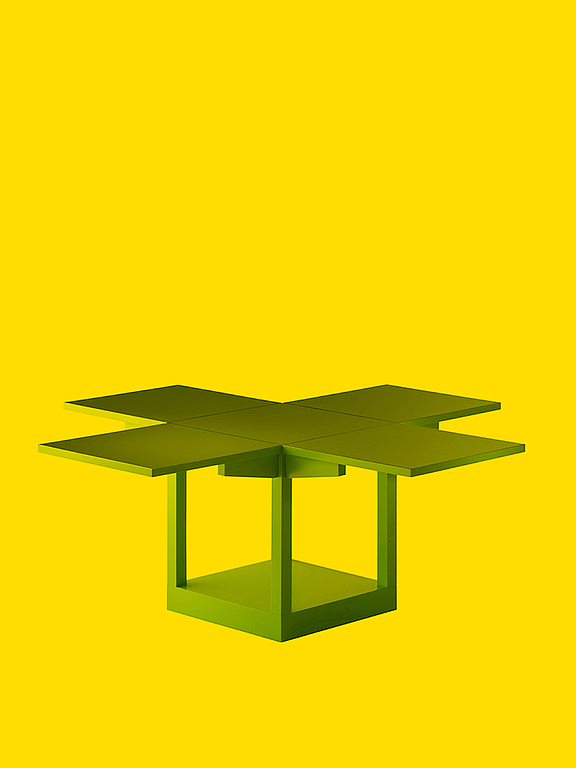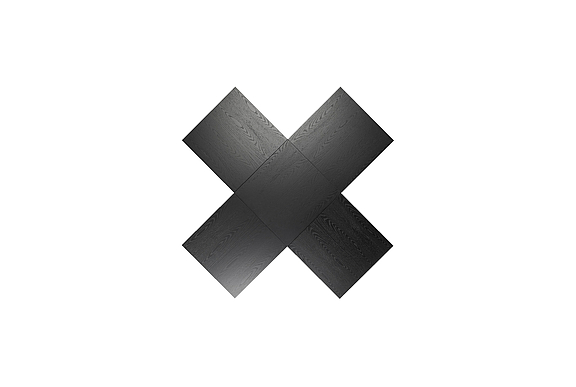
M10
Bauhaus-table,
Bauhaus Original
Erich Brendel
1924
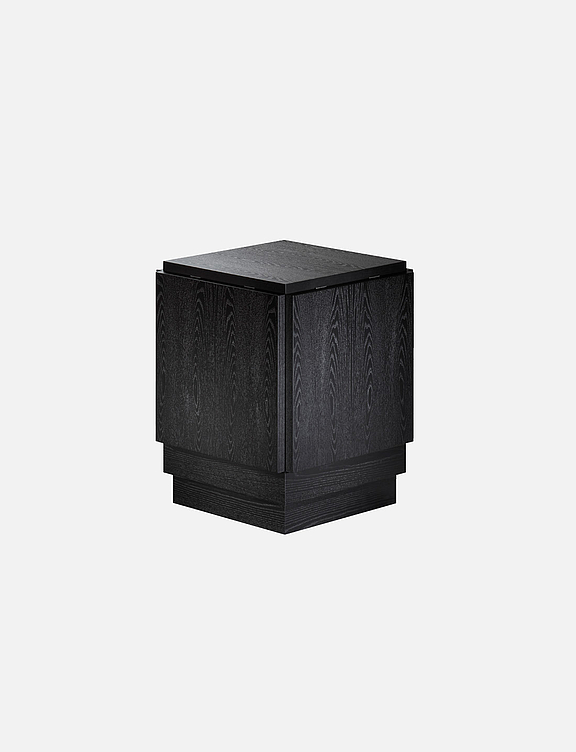
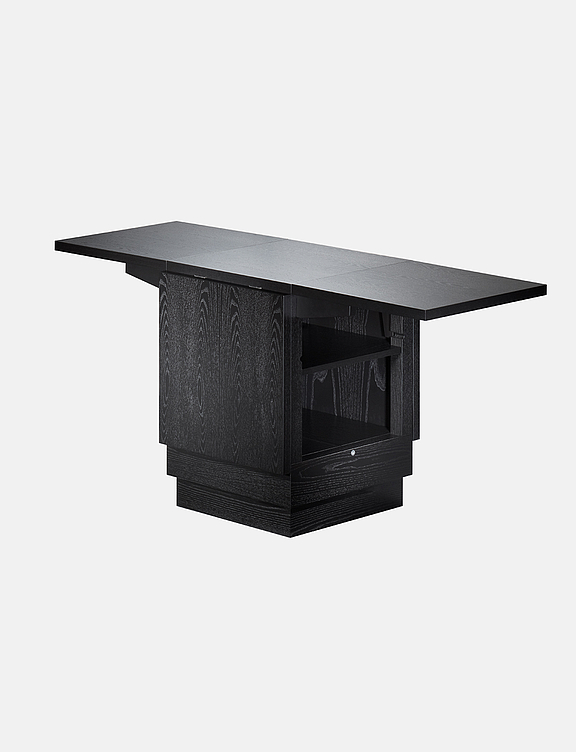
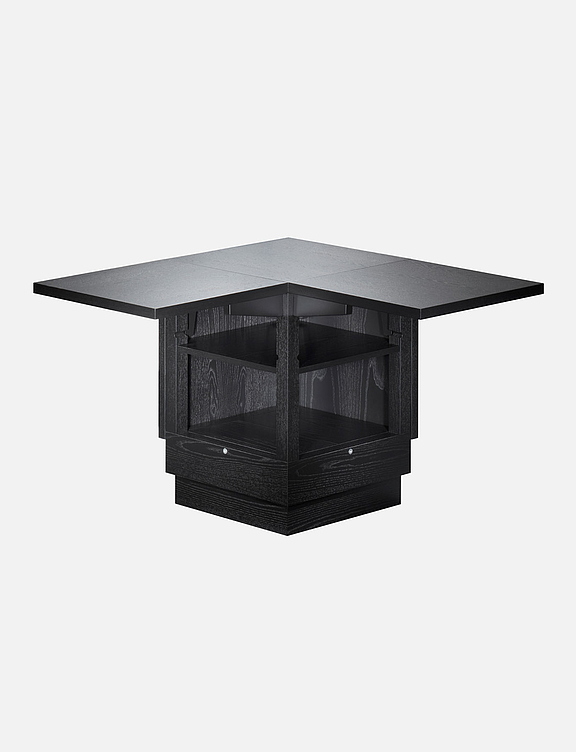
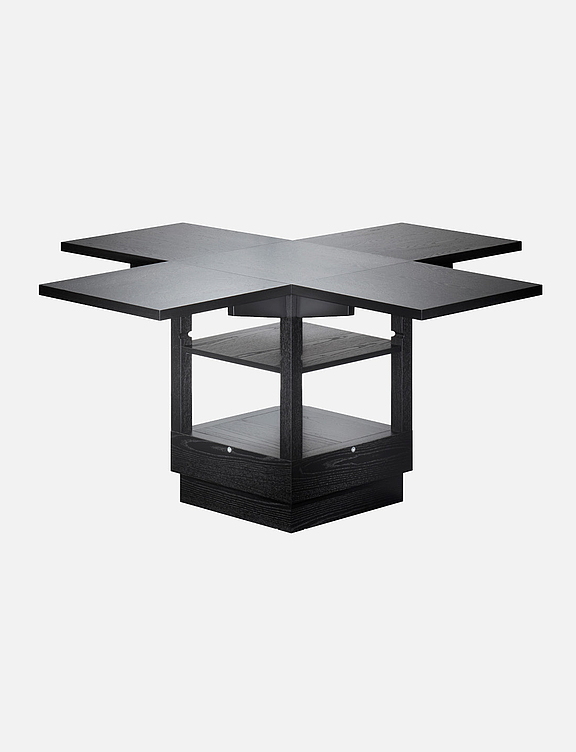
M10
Ever-folding table
Frame
Ash veneer, lacquered white, black or red, on castors with 4 flaps, adjustable, inside shelf and 2 insertplates
Dimensions (cm)
Width: 56–147
Depth: 56–147
Height: 71
Model M10-4
With 4 additional, foldable tops in table
It is the very epitome of smart, space-saving furniture and as up-to-date as ever: the M10 table. Erich Brendel designed it in 1924 in the early days of Bauhaus Weimar. As an apprentice carpenter and Bauhaus student, he was inspired by the distinctive cubic structures of Walter Gropius' director's room. Brendel then designed a mobile piece of furniture, which he called a tea table. When folded out, it becomes a veritable dining table taking inspiration from an ancient symbol: the Greek cross with four arms of equal length that are perpendicular to each other.
A unique specimen of the design survived for almost 60 years in the care of Bauhaus sculptor Karla Luz-Ruland in Aachen. In 1968, the Museum of Modern Art in New York offered to purchase the table from her. The sculptor declined, and fourteen years later bequeathed the prototype to TECTA, having been a friend of the company for many years. At Erich Brendel’s request, this unique piece is now featured in the collection of the Cantilever Chair Museum in Lauenförde.
Since 1981, Tecta has faithfully re-edited the M10 under licence and in series, based on the 1924 original. The M10 table bears the original Bauhaus label designed by Oskar Schlemmer. And so the story comes full circle: sculptor Karla Luz-Ruland produced the famous “Schlemmer figurines” for his Triadic Ballet in the 1920s.
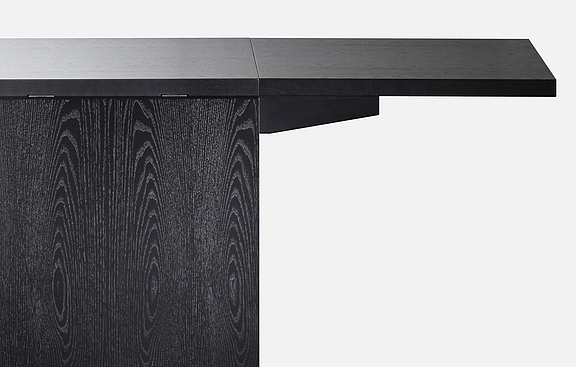
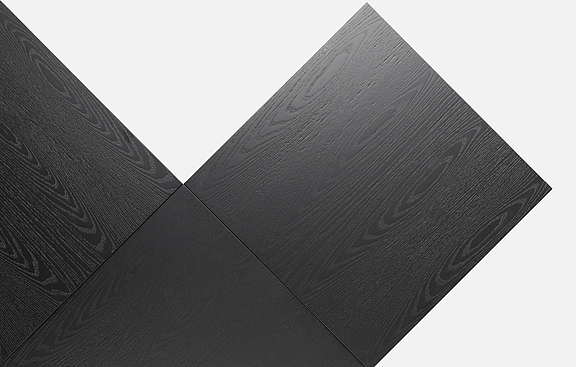
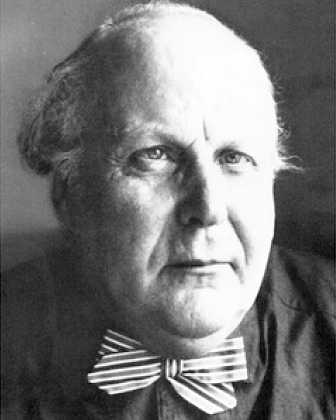
Inspired by the cube. Bauhaus Weimar in the Roaring Twenties: a carpentry workshop with 31 apprentices, including Erich Brendel and Marcel Breuer, both of whom passed their final exams there. From 1921 to 1926 Brendel studied in Goethe’s city. Thanks to his great talent he was one of the few allowed to work in Walter Gropius' architectural practice. Traces can be found in the sole architectural testimony of the Bauhaus: the “Haus am Horn” in Weimar, which was designed in 1923 for the great Bauhaus exhibition and constituted an experiment and design for modern living with beautiful materials.
All the workshops contributed to the interior design of the rooms, which were grouped around a light-filled atrium. Erich Brendel designed the nursery together with Alma Buscher. Furniture, lamps, carpets, pottery and the colour scheme were to form a harmonious whole.
Erich Brendel's formal and constructive way of thinking is demonstrated not only by his work as a lecturer in structural engineering in Frankfurt/Main from 1948 to 1963, but above all by a piece of furniture that he designed in 1924, inspired by the strict cubic structures of Walter Gropius' director's room. A mobile cube that could be unfolded on four sides like a flower and enlarged from a small tea table to a dining table. It was listed as no. 7 in the “New Works of the Bauhaus Workshops.” Between 1978 and 1981 Tecta worked intensively with Erich Brendel on a faithful reproduction of the table designated as the M10 in Lauenförde and, at Brendel's request, on producing a smaller version as the K10 side table.

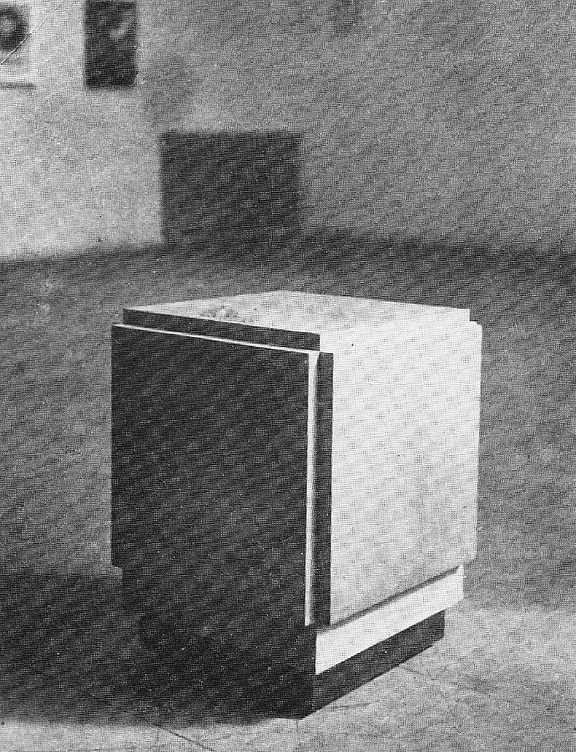
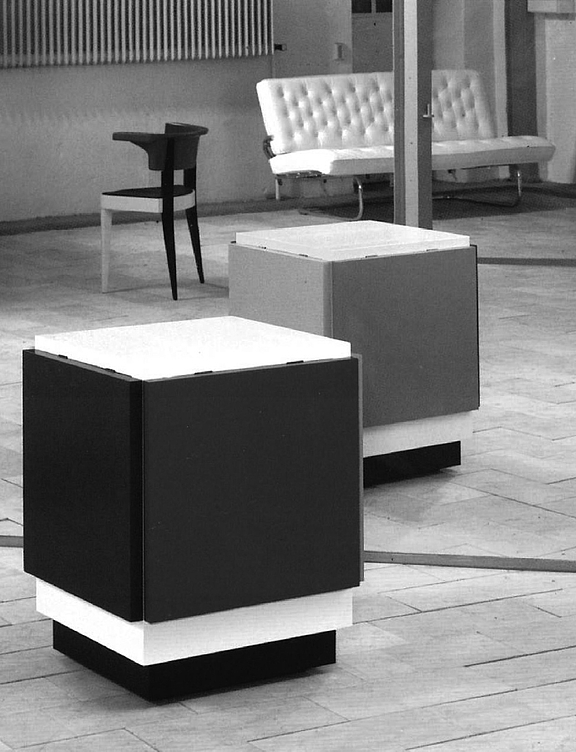
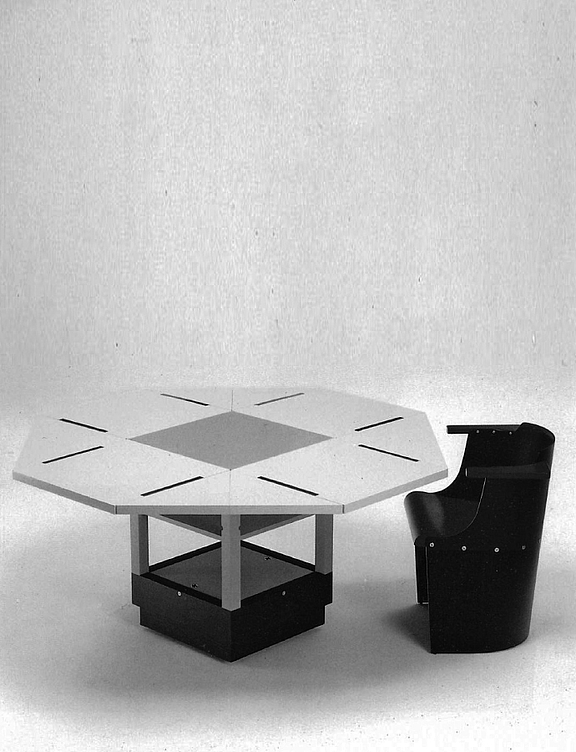
Bauhaus
Reinterpretation
